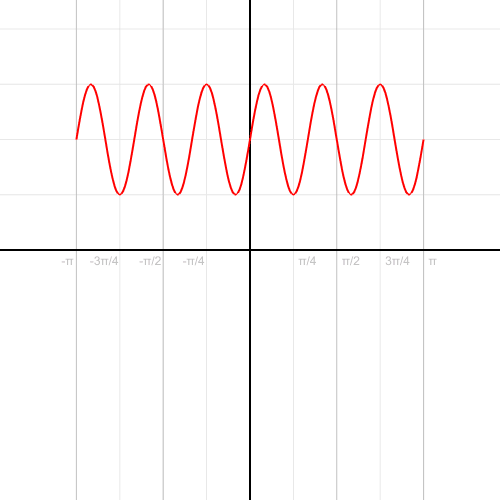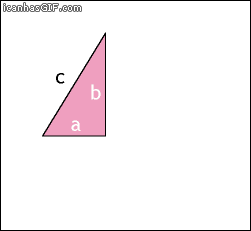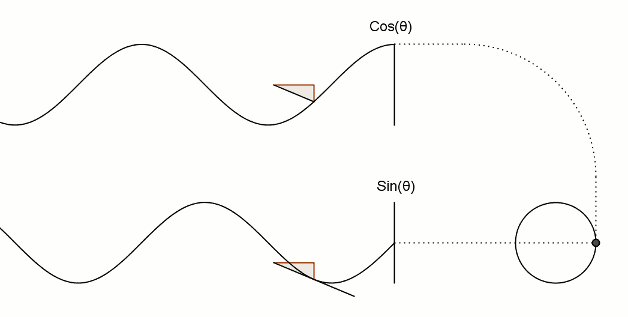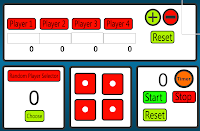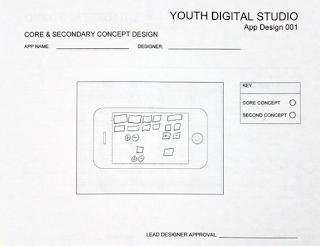
I recently blogged about the KUCE Taxonomy and what it is all about here:
KUCE Taxonomy
Now is the time that I mention some iPad Apps that can be used when using the KUCE Taxonomy. All of these apps fit great with 21st Century learning in all of the classrooms.
For a quick review session:
K: Know
U: Use
C: Create
E: Evaluate
These are the quick steps that let me know that a student is proficient for a particular concept or section I am teaching in the math course. If a student can successfully go through each step the know the content, how to apply it, and be able to create with it as well.
Featured below are some shots of apps, I will briefly mention and move along. I am a math teacher so most of these apps are based on the math classroom, there will be more apps later for elementary and middle school.
Know



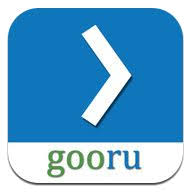
These are the few knowing apps where students can gain knowledge through these apps. The first on the left is Britannica Kids on Volcanoes where students can learn and watch videos about Volcanoes. The next two are math related which are Khan Academy and DragonBox where students can learn more about math. Next is Gooru where students can learn bits of sections that lead them to learning an entire amount.
Use
This next app is Maps and History where students can use their knowledge of maps and keys to put their knowledge to the use of getting familiar with maps. The next two are also math related, in both of these students use their knowledge that they gained to practice problems all the way to finding real-world problems that they can solve. (MyScript Calculator and WolframAlpha)
Create
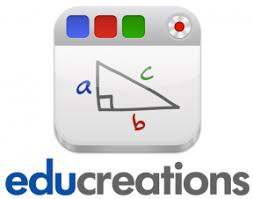

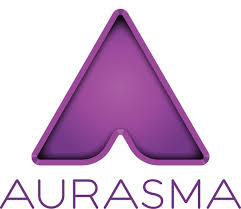
This is one of my favorite sections where students use the knowledge they gained and create. Students can use these apps to produce and send via the web on apps like EduCreations and ShowMe in video form for anyone to watch. The next app is Aurasma where students can create augmented reality videos in format with the camera on the iPad and watch their videos in a 3D environment.
Evaluate




This last section is evaluate where students can evaluate each others work on the web. Using apps like Linoit where students can post what they liked and disliked. Socrative, where students can vote on their favorite creations. YouTube where uploaded videos can be watched and evaluated by other students. Lastly, KidBlogs has an app where students can blog and have their teachers, peers, and family members evaluate their work.
This is just a few of the apps that fit in these niches, if you have any apps that you use and where they would be placed on the KUCE Taxonomy please feel free to comment below.

